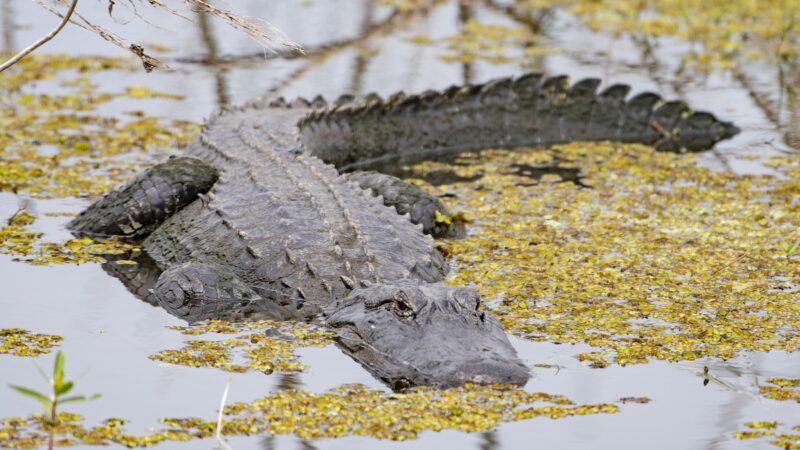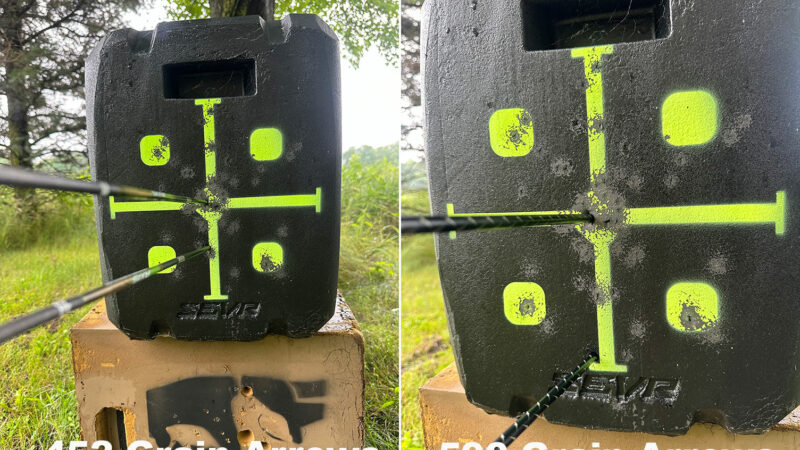Anti-Hunting Group Gets Enough Signatures to Put a Cougar Hunting Ban on the Colorado Ballot This Fall
The animal-rights group Cats Aren’t Trophies says it has collected enough voter signatures to put a mountain lion and bobcat hunting ban on the Colorado ballot this November.
The organization submitted its petition for Initiative 91 to the Secretary of State on Wednesday with 188,000 signatures, according to a press release from the organization. The Secretary of State has 30 days to verify that the minimum of 124,328 valid voter signatures (or 5 percent of the 2.4 million residents who voted in the 2020 election) have been obtained. If the CAT petition passes muster, Initiative 91 will become the latest high-profile ballot measure in the state that seeks to revoke wildlife management decisions from state biologists and turn them over to the public.
CATS made a concerted push in recent months to obtain the required number of signatures, paying canvassers as much as $5 to $7 per signee to get Initiative 91 on the general-election ballot. As we previously reported, CATS is primarily funded by the Humane Society of the United States and Friends of Animals, groups that have denounced all hunting as unnecessary. Initiative 91 claims that “trophy hunting” of mountain lions, bobcats, and lynx in Colorado is inhumane, unnecessary, and imbalances prey-predator relationships across the state.
Read Next: The Future of Trophy Hunting in America
“It’s important to realize what this initiative is really seeking,” Gaspar Perricone, chair of the Colorado Wildlife Conservation Project, told OL last month. “It’s asking for wildlife to be managed not by science but by emotion.”
Much of the language in Initiative 91 misrepresents the reality of wild cat management in the state. For instance, the proposed ballot measure implies that lynx hunting is currently legal; it’s not. “Lynx are protected by both state and federal law, with hunting and trapping prohibited,” notes one CPW pamphlet. “No lynx in Colorado has ever been reported as incidentally trapped by bobcat fur harvesters.”
Colorado also has a healthy mountain lion population, with between 3,800 and 4,400 independent cougars present in the state (this number does not include kittens). Cougars are challenging to hunt, with 502 cats harvested and just 19 percent of hunters reporting success during the 2022 to 2023 season. Colorado Parks and Wildlife declined to provide comment on the petition, noting that “Colorado Parks and Wildlife takes no position for or against proposed initiatives such as Initiative 91 and will diligently implement all laws duly passed by the legislature and the Governor or by the voters.”
Despite its stated neutrality, CPW has provided plenty of scientific-based evidence around how the agency has scientifically and sustainably managed its mountain lions and bobcats with the help of Colorado hunters and trappers.
“Well-regulated management has consistently benefitted the population densities of big game species. Managing lions and bobcats with harvest is one management tool to maintain more stable populations,” notes CPW in a wild cat factsheet. “There is no evidence to suggest statewide lion or bobcat populations are decreasing under current sustainable management. In fact, a number of current studies and projects underway on both species in Colorado suggests that the actual densities of both species are at, or above levels needed to maintain current population sizes. Limits on lion harvest, season length and harvest methods are all set to make sure Colorado’s lion and bobcat numbers are not decreasing.”
Mountain lion hunting was banned in California in 1990, which has effectively turned management over to the state rather than allowing license-buying hunters to manage big cats. At least 1,834 cougars in California were killed with depredation permits from 2001 through 2020 due to conflicts with humans, livestock, and pets.
“Non-livestock related lion conflict calls have increased in several areas of the Region within the past several years, particularly in Steamboat Springs, Eagle County and the Roaring Fork Valley (including Aspen),” reads one summary from the agency’s West Slope Mountain Lion Management Plan, which was last updated in 2020. “Conflicts include prolonged trail closures due to lion activity, depredation of pets and hobby livestock, and the June, 2016 mauling of a young child by a younger lion near Aspen.”
Additional mountain lion conflicts have persisted in the nearly four years since the plan was revised.
Read Next: Colorado Man Wakes Up to Discover a Mountain Lion Eating an Elk on His Front Porch
“Decisions about how best to manage our rich wildlife resources should be left to the experts at Colorado Parks and Wildlife and the Colorado Parks and Wildlife Commission — not fringe animal rights activists,” Bryan Jones, the Colorado and Wyoming coordinator for Backcountry Hunters and Anglers, said in a statement for the Colorado Wildlife Conservation Project. “Colorado already has strong regulations in place to ensure a healthy mountain lion population, including harvest limits and hunter reporting and inspection requirements.”
In 2020 Colorado voters passed a ballot initiative by a margin of less than 2 percent to reintroduce gray wolves, even though wolves were already returning to the state naturally. The first five wolves were relocated from Oregon and released in Grand and Summit counties this past winter; meanwhile, ranchers have already reported at least a dozen cattle deaths from wolves.
The post Anti-Hunting Group Gets Enough Signatures to Put a Cougar Hunting Ban on the Colorado Ballot This Fall appeared first on Outdoor Life.
Source: https://www.outdoorlife.com/conservation/colorado-mountain-lion-ban-ballot-initiative/





